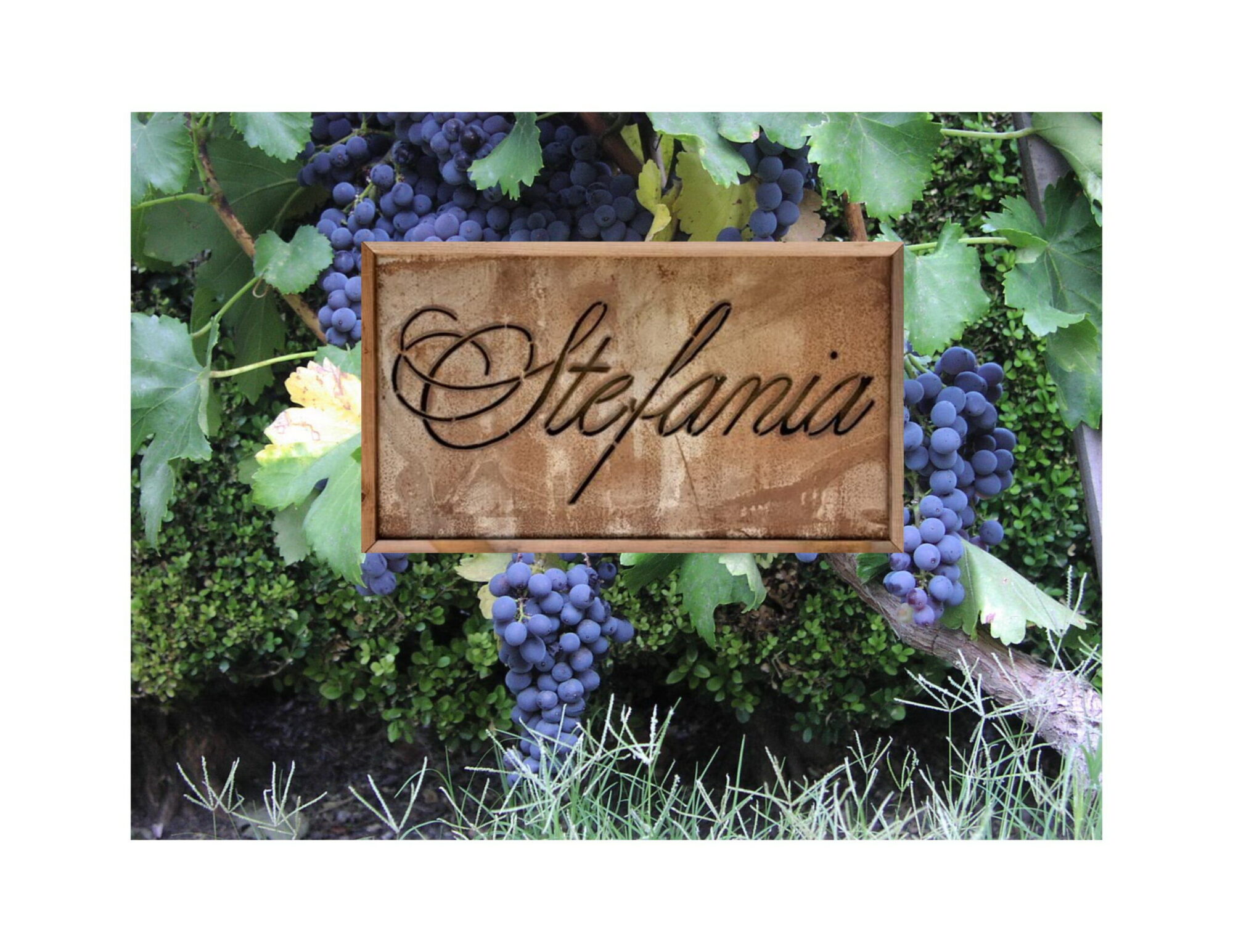I’ve heard from a number of people who are wondering if we’re interested in setting something up in their city or when we’re thinking of expanding into their city.
Maybe a little back story is needed here. I’ve had a lot of people in the industry wonder why in the world we’re even trying to do retail and restaurants. Basically they’d love to be in the position we are of selling most of our wine direct and of selling out before its time for the next release. For many, many wineries, this is where they are trying to get to.
One reason we have focused on selling locally is that we’re local. That might sound funny, but it’s the best way I can think of to say it. We live here, and do charity events here and have friends and family here. We really would like to be able to send people to a wine shop or restaurant to try our wine. We want to be a part of the community here and show our commitment to being a local winery.
The second huge reason is maybe best summed up as the ‘eggs in one basket’ strategy. From the moment we wrote the first business plan our plan was to have a mix of both direct and wholesale business. I thought it was a risky plan to put all out effort in one sales channel. What if something happened to that channel? What if we couldn’t ship, or some prohibitive tax was put in place? I wanted to be able to have another channel available.
The funny thing is the channel that’s collapsed in the past year is the wholesale one, the one we’re trying to get into. Distributors are going out of business, brokers are cutting back, retailers are going down market. Wineries who had all their eggs in the wholesale basket are in serious trouble and trying to get a direct market established. So it was the right plan, just a bit backwards.
I still think it’s important though, and we still want to get that market going, we’ve just decided it’s best to do it ourselves. One of the things that was a bit shocking in the distributor world was how little the sales people really knew or even cared about wine. When their accounts suddenly got difficult, they had no idea how to open new ones, or even how to sell to their existing ones. Their only response has been ‘lower prices’.
I’ve worked with sales in my day job for 20+ years, and I KNOW, that any sales guy who opens with ‘lower prices’ as a plan when faced with a tough sale or an obstacle basically sucks. No better way to say it. Want to find a bad sales guy? Find one who wants to lower prices. (Another sign of a looser is someone who wants to give away maintenance, but that’s another rant)!
So we’re going to find our own sales guy or gal. We’re going to give them 100% of our support and get them going. When we have them off the ground, we’ll evaluate other cities. Right now the hardest part of expanding is licensing in other states. It’s no small task, and we don’t want to dilute our efforts by distracting time and resources on that just yet.
If you want to take our wine around and show it, that’s great, that’s how we get most of our business. If there’s a restaurant or retailer that wants it, we can figure out some way to get it to them. But for now our focused efforts are going to be on the Bay Area.

